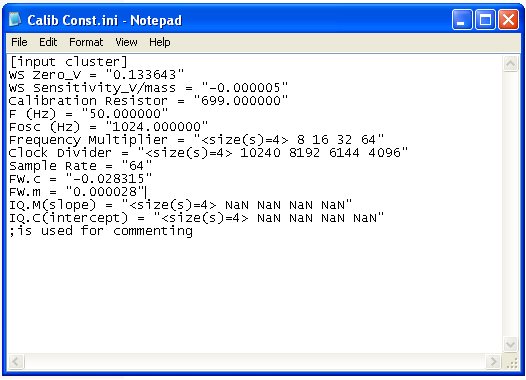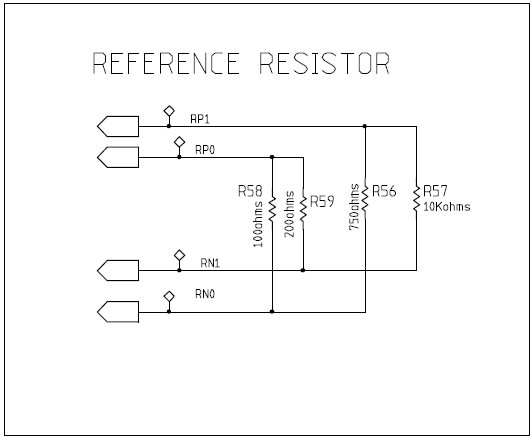TI supplies an Evaluation Module to test out the AFE4300 chip with some LabVIEW interface software (TUSB3410). From the documentation the software comes as an installer which installs an executable onto the PC, but is it possible to get the actual source code so we can do further development work.
Chris



